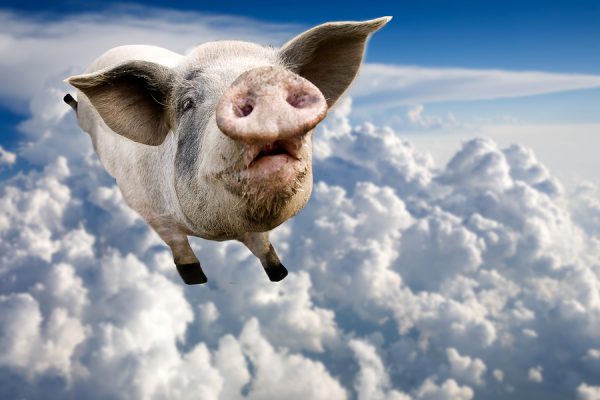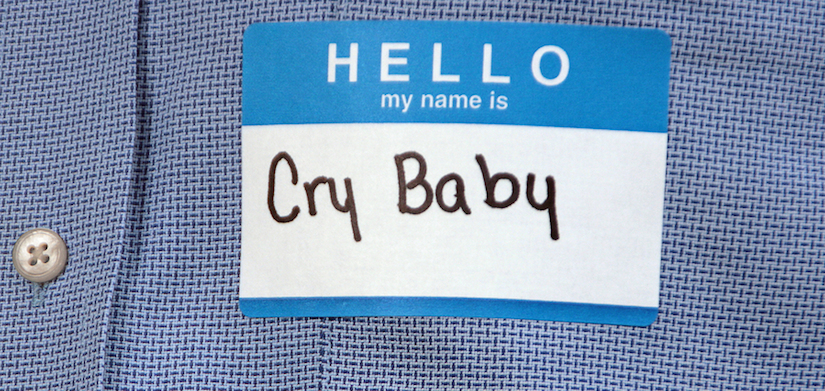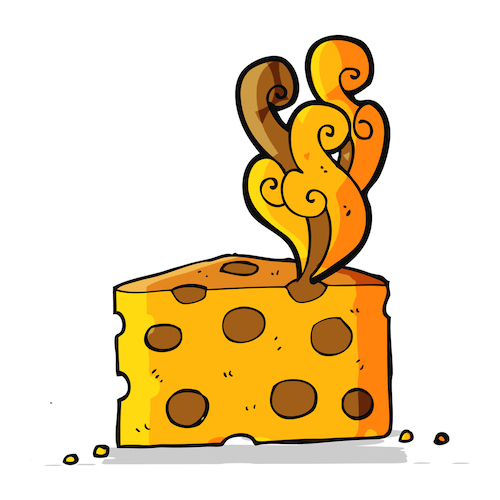The airline industry’s attempt to improve customer relations by instituting a controversial new open-door policy suffered a major setback this week when five more passengers went missing from commercial flights, bringing the total for the month to 29.
“Although the evidence is not conclusive that the open-door policy was responsible for all the disappearances, out of an abundance of caution we are recommending that until further notice all doors be kept in their closed and locked positions while an aircraft is in flight,” said airline industry spokesperson Bob Payne.
According to Payne, the idea behind the open-door policy had been to make flying feel more natural and less claustrophobic. “It was meant to be a wind-in-your-hair experience, similar to driving around with the top down, except at 500 mph,” Payne said.
The airlines began to suspect something might be amiss when passengers starting reporting that seatmates were not returning from trips to the lavatory.
“At first it was assumed they might just have been sucked down the toilet,” Payne said. “But an inspection of the aircrafts’ waste tanks turned up nothing but a retired captain and two emotional support animals.”
Further evidence of the missing passengers whereabouts surfaced when customers sitting near the rear of the aircraft began noticing people passing by who were “waving in what appeared to be an unusually enthusiastic manner.”
Responding quickly to the financial consequences that could result from the ill-advised open door policy, airlines are taking steps to retroactively charge all missing passengers with an early-exit fee.
When not serving as an airline industry analyst, travel humor writer Bob Payne is the head of a company that manufacturers traveler’s umbrellas that can also function as a parachute.






